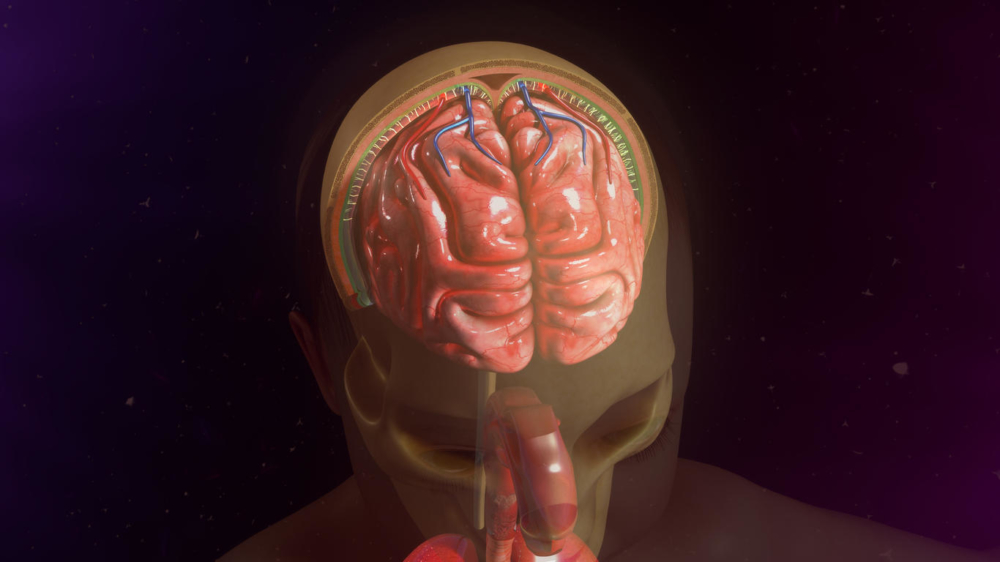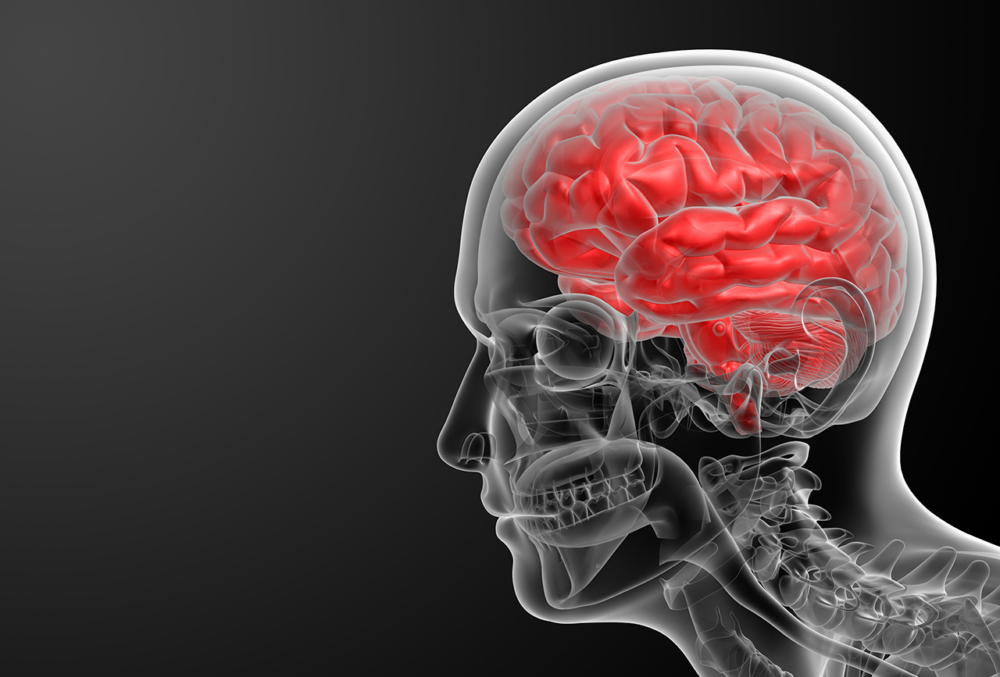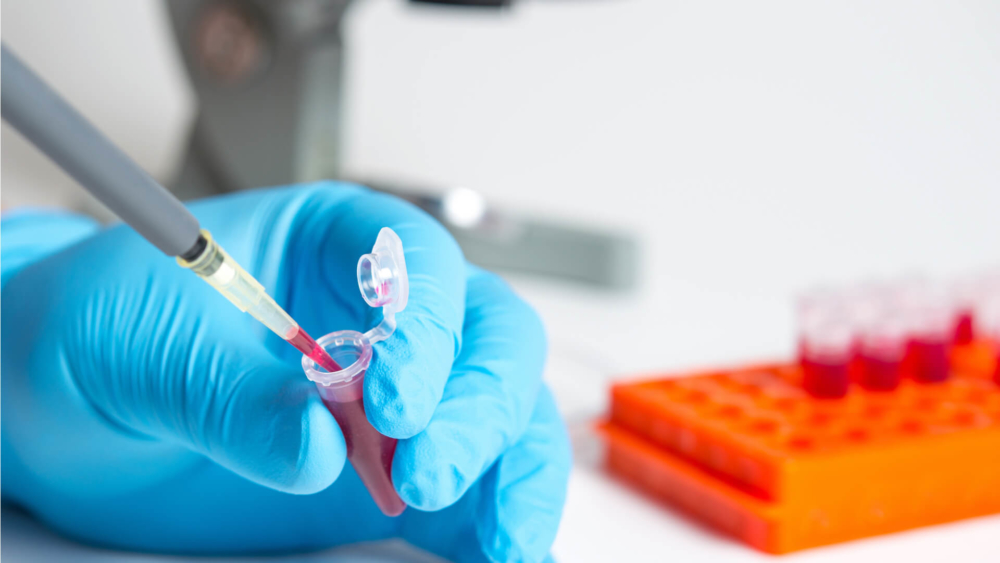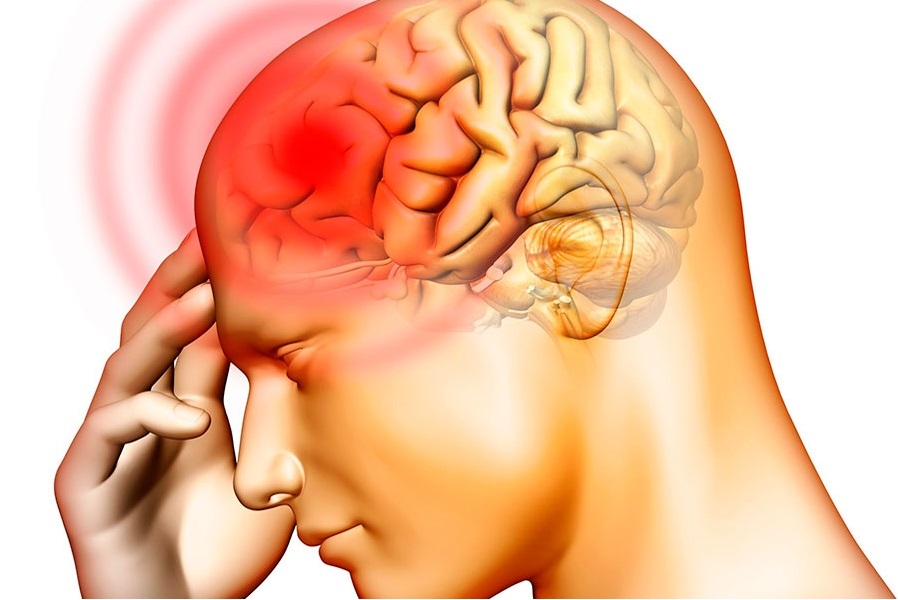Outbreaks of the incidence of serous meningitis occur over time with a certain frequency, and it has not yet been possible to reliably determine the causes of this. Therefore, it is worth considering in more detail what kind of disease it is, and how to avoid it.
Material Content:
What is serous meningitis
The inflammatory process that occurs in the cerebral cortex and in the spinal cord is called meningitis. There are two subspecies of the disease. In the first case, the hardest shell is affected, which is farther than the rest with respect to the nerve endings. In the second - closer, arachnoid and soft shells. The diagnosis "serous meningitis" means inflammation in the soft membrane closest to the brain, which is undoubtedly the most dangerous subspecies of the disease for health.
A positive difference between serous meningitis as a type of inflammation of the meninges is the absence of cell death. This acts as a guarantee that pus will not form in the body during the course of the disease, which will only worsen the condition of the patient with sepsis.
A distinctive feature that determines the diagnosis is the release of a spider web of clear liquid, which includes a small number of white blood cells.Moreover, serous meningitis has a characteristic age of patients: most often children from three to six years old, as well as young people no older than 30 years, suffer from it. Older people rarely suffer from this form of the disease and, as a rule, easily tolerate it.
Causes
The main cause of the disease is infection of the patient with the virus (four out of five cases). These are enteroviruses, numerous subspecies of herpes, influenza, measles, polio. Fungi or bacterial infections may also be pathogens. However, they are more often referred to one of the options for complications of diseases such as tuberculosis or syphilis.
Viral serous meningitis is transmitted by contact of a person with an infection carrier. In this case, the latter can feel completely healthy, being in the incubation period. Or possess a fairly strong immunity. Infection can occur by airborne droplets (coughing, sneezing), upon contact of the skin with objects that have left traces of the patient’s biomaterial from wounds, mucous membranes. Often, bacteria enter the body at the time of bathing in unprotected ponds or a pool - this is due to the good tolerance of enteroviruses to the aquatic environment. Therefore, in summer, outbreaks of the epidemic are much more common.
Among the extremely rare there are cases of virus infection from rodents that live in houses. This leads to the use of water and food containing particles of feces or nasal mucus in rats or mice.
Non-infectious subspecies of serous meningitis occurs in cases of brain damage due to tumors of a different nature. It is easy to predict and prevent.
Incubation and prodromal periods
The incubation period of serous meningitis is about two weeks from the moment the infection enters the body. At the same time, infection in young children is quite simple: there is uncharacteristic tearfulness and whims, fatigue or constant drowsiness.
After a few days, the prodromal period begins, which is the time between the first manifestations of the disease until the onset of the disease itself. At this stage, it is easy to determine the diagnosis by characteristic symptoms. A distinctive feature is that a person begins to experience a sharp deterioration. This is a headache, confusion. Loss of appetite and vomiting is also possible. After a few hours, the temperature begins to rise, which in frequent cases reaches a critical maximum of 40-42 degrees. It’s difficult to knock it down even in a hospital, so you shouldn’t delay it with a call to the ambulance. In this case, a wavelike state change can be observed: 2-4 days after the rise, the temperature drops to a normal level, and after another several days the attack is repeated.
In the prodromal period, the following characteristic symptoms of serous meningitis begin to appear:
- the back muscles of the neck exhibit unusual hardness, the patient hardly rotates his head;
- there is a negative reaction to light and loud sounds;
- cramps, severe abdominal pain may occur;
- a person experiences severe headaches that cannot be stopped with painkillers.
Due to the high rate of development of the disease in cases of refusal of hospitalization, a coma and subsequent death can occur. Therefore, the patient requires immediate specialist advice and placement in an isolated room in order to prevent the spread of infection.
Symptoms in children and adults
Determine the serous meningitis in adults and its severity can even the local doctor with the help of simple physiological tests:
- with passive bending of the head forward, involuntary pulling of the legs to the stomach occurs;
- with passive bending of one leg in the knee and hip joints, a reflex repetition of the movement of the second leg occurs;
- when bending the leg in the hip joint, the patient involuntarily bends the knee, which becomes stiff and cannot bend back.
Serous meningitis in children under six months of age can also be detected using a physiological test. The newborn is taken by the armpits and placed vertically. In the event of a disease, the child bends his legs to his stomach, bending them at the same time in the knee and hip joints. The head also leans toward the stomach.
Diagnostic Methods
The nature of meningitis can only be determined by examining the patient’s biomaterial. It is extracted in the form of a general analysis of blood, smears from the nasopharynx and extracts of cerebrospinal fluid.
The disease is inflammatory, so indicators such as ESR and white blood cell count will be increased in a blood test. Moreover, in the case of a serous appearance, they will be lower than with a purulent one.
A nasopharyngeal swab is taken in a hospital, provided the laboratory is in close proximity, since bacteria can only be detected within an hour after removal. In this case, it is important to observe the correct technique for taking a smear and to prevent blurring of the clinical picture due to contact with the oral cavity, tongue or teeth.
When taking a puncture by the nature of the fluid leakage, it is already possible to more accurately judge which patient has meningitis: purulent or serous. However, to determine the methods of treatment it is also necessary to determine the genus of the pathogen. Due to a change in the composition of the cerebrospinal fluid, it is usual to extract it three times at different periods of the disease.
Treatment of inflammation of the meninges
Treatment of meningitis involves the use of antiviral drugs, however, often in the first hours before determining an accurate diagnosis, antibiotics of a wide spectrum of action are possible.
Viral meningitis is treated with drugs containing interferons - proteins that serve as a body's natural protective barrier. If the causative agents are herpes viruses, the patient is prescribed acyclovir. In addition, for people who have low immunity, immunoglobulin is additionally prescribed - a protein that takes on the function of immunity.
To facilitate intoxication of the body, a large number of different solutions are introduced into the blood using droppers to help relieve symptoms. To reduce intracranial pressure, diuretics can be prescribed, antipyretic drugs are used for febrile conditions. At the same time, there is a process of drug recovery with the help of nootropics for cerebral circulation.
The consequences of a viral disease
The consequences of serous meningitis are some symptoms that persist for several weeks after the end of therapy. It can be:
- syndrome of increased cerebral pressure due to accumulation of fluid in the ventricles of the brain - is leveled by the appointment of nootropics;
- asthenia is a nervous state characterized by sleep disturbance, an unbalanced mental state, and a decrease in activity. In this case, symptomatic treatment is performed;
- dull headaches - taking appropriate medications.
Similar syndromes can go away on their own without medical intervention, however, with a bright course, you should consult a doctor.
Separately, it is worth noting that serous meningitis has no consequences if the patient is a child. The disease does not have any effect on the development and future life.
Prognosis for recovery
Timely referral to the hospital and the right treatment allows the patient to recover within two weeks. In this case, febrile conditions disappear already on the 2-4th day of being in the hospital, and relapses occur extremely rarely.
In the case of tuberculous meningitis, possible consequences in the form of a fatal outcome within a month after the first signs appear, however, even it can be treated.
Prevention
Prevention of serous meningitis is hygiene, timely vaccination, eating well-washed vegetables and fruits, distilled or boiled water. Even if there is a danger of infection, a person with strong immunity will cope with the virus.
Serous meningitis becomes an extremely dangerous disease only when the patient decides not to go to the hospital. In other cases, the disease can be treated quite quickly without consequences for later life.


















